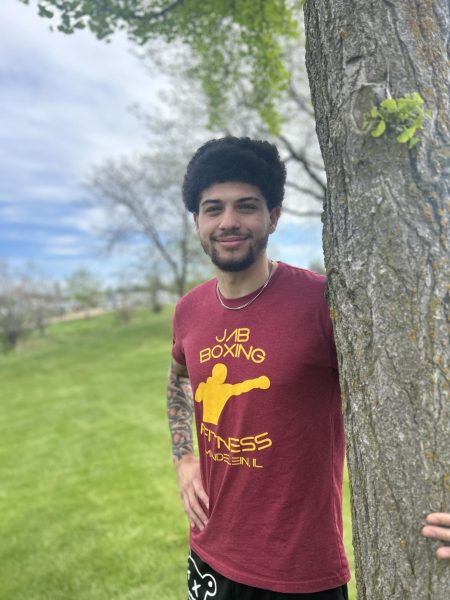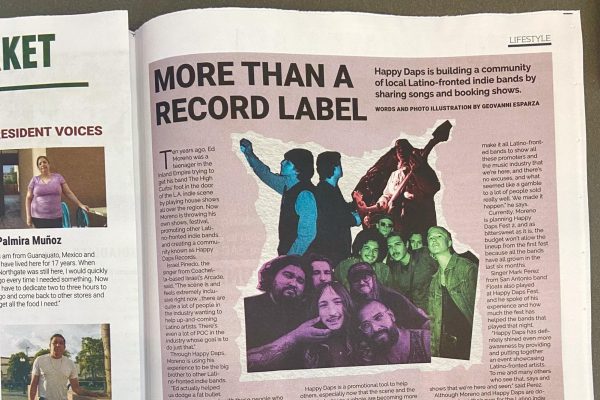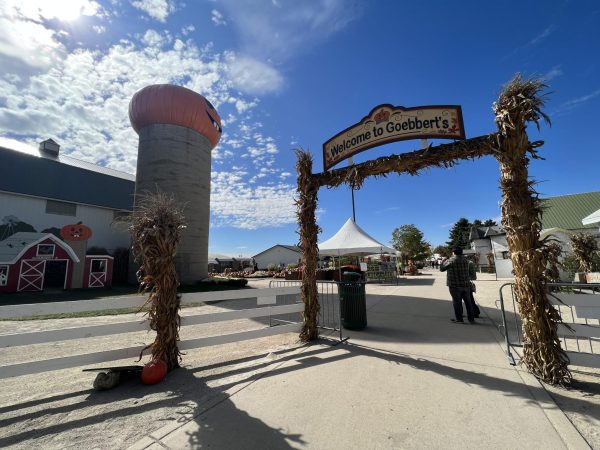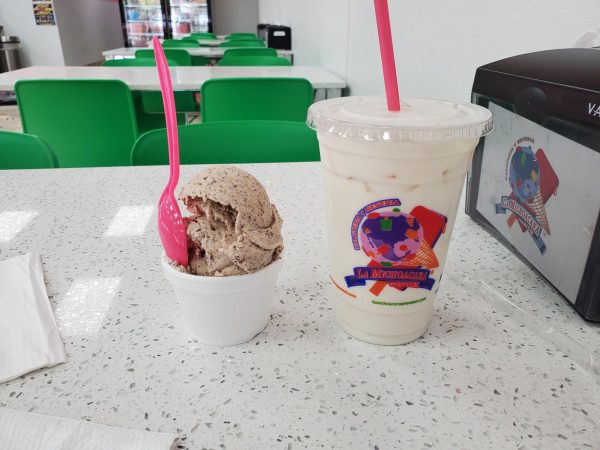Tomb Raider, the 2018 film, did not honor it’s origin
The name Tomb Raider is a title recognized by many, with the video game series cherished as a childhood adventure game. At the time, nothing seemed wrong, but thinking back on the story, it is actually pretty dark.
So with the recent 2018 movie adaption mainly based on the 2013 game reboot, it is time to cross-examine! Keep in mind, this is literally all spoilers for both the movie and game, and may even act as a recap for those who are already familiar with both.
I will go over the similar concepts to start.
There is a Japanese island named Yamatai where a shrine resides for the ancient Queen Himiko. Richard Croft devoted himself so much to his work of finding a key to immortality that he neglected Lara as a child. Her father had a girlfriend named Ana, and Lara only ever refers to her by name and never as a mother figure. There was a memory of her yelling at her father due to how he neglected her. The jade pendant is a key item for Lara. There is an antagonizing group named Trinity. There is also a man by the name of Mathias.
That is about it, folks. Everything else was the film having a field day. The amount of differences is actually disappointing.
For the following, I will be using the 2013 game as a baseline and what is canonically correct to the storyline. Here are the most glaring differences I noticed.
Starting with Lara, the movie did keep her fierce character, but they also made her into a different person in a different situation. Her father, Richard Croft, did not give Lara the pendant. She found it and went to a supporting character named Conrad Roth (nonexistent in the movie) who showed her praise, unlike her neglectful father. He helped her turn it into a necklace with a shoelace and she holds it under a personal pride. The day she fought with her father was actually the last point he was alive. Soon after that fight, he used a gun to commit suicide, making Lara an orphan.
Her first adventure actually started when she was 21 years old, an archaeologist fresh out of college, a decade after her father died. She went to the island Yamatai as her first archaeological expedition, not in search of her father, who she resented at the time. She traveled with a group of people and the captain was Conrad, Lara’s mentor and a fellow explorer and friend to her late father. It was later on when she learned to appreciate the work her father had so heavily devoted himself to that she could cherish him again.
Movie Lara was obsessed with the thought of her father still being alive, refused inheritance (as accepting it would mean admitting his death), and devoted her efforts to one day find him. With her father’s research in mind, she set out to Yamatai to find him. Her archaeological career removed, and her conflicted emotions turned into blind faith. Despite this, they still included the scene where young Lara yelled at him about his neglect towards her.
I can see this memory scene only as an effort to show strain between the two characters, but the impact is completely lost. In the game, the fight drove the man to kill himself, and that strain lasted with Lara for a decade. Even if the scene is viewed from the movie’s perspective alone, the strain is overwritten by how much she misses him and wants to find him alive.
Mathias was considered only a secondary antagonist. He had been stranded on the island for 31 years after crashing his plane. Oh, there was a husk of a really rusty plane that Lara found in the movies’ river/waterfall scene so maybe that was a nod to his original character. To make it short and sweet, he went insane and started a cult on the island known as the “Solani Brotherhood” where he worshiped Himiko. In the end, at least he died the same way, by Lara knocking him into a chasm.
For sake of separation, I shall refer to the movie’s version of Mathias as Vogel, given that it was the surname the filmmakers gave him. Vogel did seem crazy, but he had been there for a much less time, only seven years. This was not enough to make him cult-crazy, but it was enough to make him and his small group of men enslave over a dozen individuals who happened to crash on the island over the years. Unlike Mathias, Vogel did not believe in any supernatural happenings with Himiko but rather was just acting on orders from someone above him. That someone being the organization known as Trinity.
Yes, Trinity is a group that is present quite heavily in the game, but the movie took advantage of that role. Trinity was not working with Mathias, in fact, they saw him as an enemy, and wanted to remove him and his cult before he could awaken Himiko. The movie’s efforts to combine both groups may have been to make things simpler and take less time to explain, but showed less of an impact.
Now for the ever-present queen. Movie Himiko was just weird and known for killing people. Her instant-disease made no sense, and I just noted it as a fast-acting type of rabies. In the game, her presence is known through how she affects the weather, crashing a rescue plane and helicopter, telling Lara in a spooky voice that no one can leave. Way more daunting when an immortal soul is after you, am I right?
The real Himiko was not a sun queen, but I suppose when her name is translated as Hi-miko, it means “sun priestess”. Yet Himiko also means “young princess” given that it is the combination of “hime” (princess) and “ko” (child), which is the more common pronunciation of modern Japanese. However, even that is not enough to decide which is correct.
She was based in ancient Japan, also known as Wa, where they had their own dialect. What is even weirder about her is that she is almost never mentioned in old Japanese writings, but instead mentioned plenty in old Chinese writings.
Today, Japan may use her on a more popular level, but her true history is still so elusive.
According to the Book of Sui (one of the Chinese writings), Wa was in a time of warfare and had no ruler, so Himiko rose up and used her practice of magic, winning the favor of the populace. She was almost never seen, yet still loved by many.
In the Records of Wei, it says that after her death, the people disobeyed the king that replaced her, assassinated him, and found a young girl related to Himiko and made her their queen.
She was never evil or hated, she just happened to be a strong ruler of Yamatai who rarely let others see her. Making her a lethal carrier of a disease was certainly a manipulation of information on the movie’s part. I do not think that usage of creative license was bad, as things like that are done all the time by fiction writers. I just wish her movie presence more closely resembled the game’s view of her.
Now, what if you are someone who never played the game and only watched the movie? I am one of those people.
I never got to play the game when I was younger, so I had no basis or bias to judge the movie from, at first.
On its’ own, I think the movie is alright. It carried a story and offered a conclusion that allowed for a sequel, but does not need one.
Lara was built as a confident and endearing protagonist that expressed an admirable strong will. Alicia Vikander’s acting was splendid, showing genuine emotions in her voice and expressions (such as when she had to drown a man in self-defense).
Same goes for the other actors. They made the scenes believable and realistic.
Whether it was intended or not, I congratulate Walton Goggins on making Vogel a very unsettling character, one who seems disturbed and possessing odd motives. Most of all, if there is a sequel, I would like to see that gun-shaped phone make a cameo appearance. Just saying.
I did a lot of internet hunting to learn about the game and the path it took. I do not know every single detail or even the combat system but instead focused on the story. So I am sorry to veteran players who may feel I have somehow put the game in the wrong perspective. This is my analysis based on the readings I have found, provided by players and I hope it has provided some level of insight for everyone.










